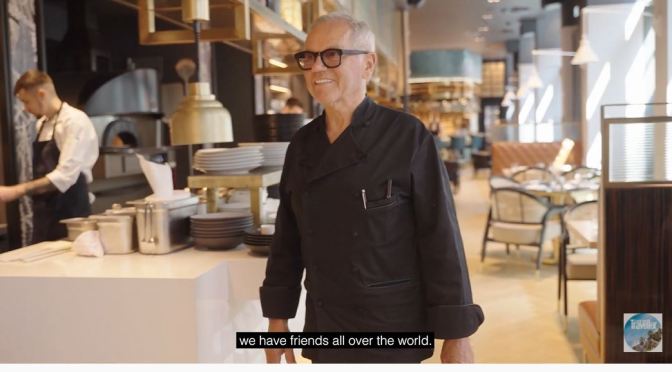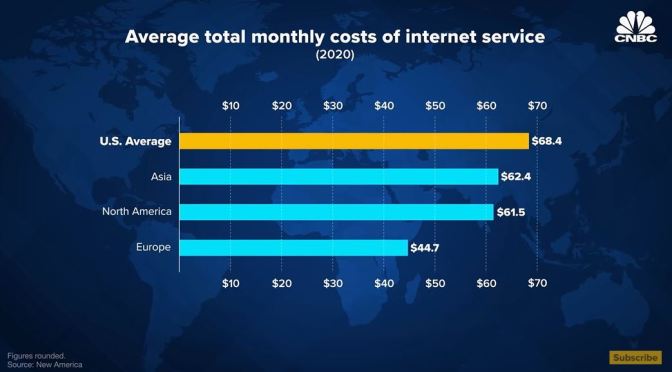
BY LYDIA WOOLEVER
“The largest genuine Maryland oyster—the veritable bivalve of the Chesapeake, still to be had at oyster roasts down the river and at street stands along the wharves—is as large as your open hand,” wrote Mencken in 1913. “A magnificent, matchless reptile! Hard to swallow? Dangerous? Perhaps to the novice, the dastard. But to the veteran of the raw bar, the man of trained and lusty esophagus, a thing of prolonged and kaleidoscopic flavors, a slow slipping saturnalia, a delirium of joy!”
H.L. MENCKEN WAS ONTO SOMETHING when he declared the Chesapeake Bay the “immense protein factory.” Abundant with marine life, the nation’s largest estuary has fed its inhabitants for millennia. And while there have always been crabs and rockfish, one species in particular has stood out as an especially vital source of edible and ecological significance. Ugly, strange, sexy, controversial—the small but mighty oyster.
We know, we know. They’re not for everyone. But for anyone living in Maryland—let alone in Baltimore, which was once known as Oyster City—the peculiar, polarizing, pivotal creature is more than just a slippery shellfish. In fact, it’s quite worthy of the title “natural wonder:” a tiny filter feeder so environmentally advantageous that it could once clean the entire bay in a matter of days. A teeny reef builder whose homemade habitats provide shelter for other species but also protection from natural disasters and climate change. A tasty specimen of seafood that built towns, ignited wars, and served as an economic powerhouse—forever imprinting on our cuisine and sense of place.










